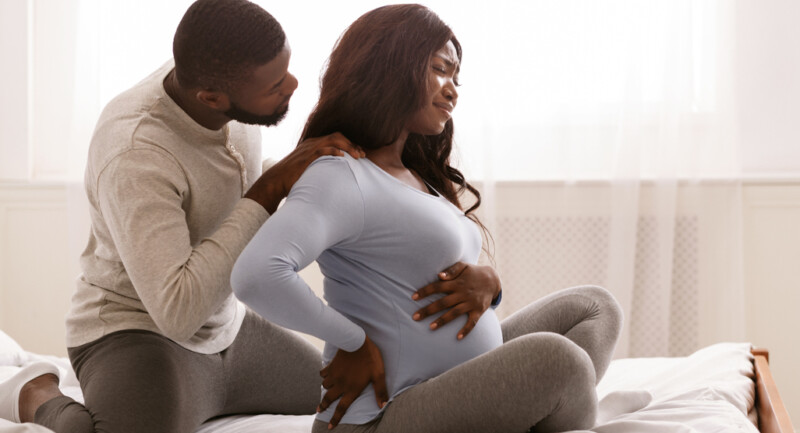HEALTH & LIFESTYLE: Most women experience pain during labour and after childbirth. The World Health Organization (WHO) includes pain management as a standard of quality of care, highlighting that all aspects of health care should be given timely, appropriately, and should respect a woman’s choice, culture and needs.
The Sustainable Development Goal three highlights health and well-being, and the Global Strategy for Women’s, Children’s and Adolescent’s Health emphasizes that all women have the right to, and should obtain, the highest attainable standard of health, including physical and psychological care.
The severity of pain and its detrimental impact on the health and well-being of mothers during labour and after childbirth has resulted in health policy development in many high-income countries where pain relief options (both pharmacological and non-pharmacological) are routinely discussed during antenatal care (ANC) contacts and then offered during delivery (intrapartum) care by a trained healthcare provider, as per the individual woman’s choice.
The provision of effective routine pain relief results in a more positive experience of labour and childbirth for the woman. Research shows that women report feeling empowered and in control when they have been enabled to make informed decisions including the choice of how to cope with and alleviate their pain during labour and after childbirth.
In low resource settings like Uganda, pain management options especially pharmacological options are not well-established and the provision of pain relief options often depends on the health system capacity, the knowledge and attitudes of healthcare providers and availability and cost of medications. Healthcare providers can play a positive role by educating women about the options available and supporting their choice in coping with labour pain; or a negative role by demonstrating disrespectful care, withholding care and lack of communication.
Globally, 78% of women give birth with the assistance of a skilled birth attendant. According to the Uganda Demographic and Health Survey (UDHS 2016), 59% of women received assistance from a health personnel during delivery. Therefore, with increasing numbers of women accessing maternity care in low resource settings, there are many potential opportunities for healthcare providers to improve the quality of care for women.
Currently, there are international policies and guidelines to increase quality of care including pain management during labour but, at present, there is little practical implementation. It is therefore imperative that healthcare providers are enabled to provide respectful maternity care that goes beyond the provision of basic emergency care and includes pain management especially pharmacological as a component of health and well-being during labour and after childbirth.
Do you have a story or an opinion to share? Email us on: dailyexpressug@gmail.com Or follow the Daily Express on X Platform or WhatsApp for the latest updates.
The authors are; Lilian Nuwabaine is a BSc Nurse & MSN-Midwife and Women’s’ Health Specialist and Continuous Professional Development Coordinator at Aga Khan University and
Akello Harriet, a BSc trained Midwife working with St Mary’s Hospital Lacor

